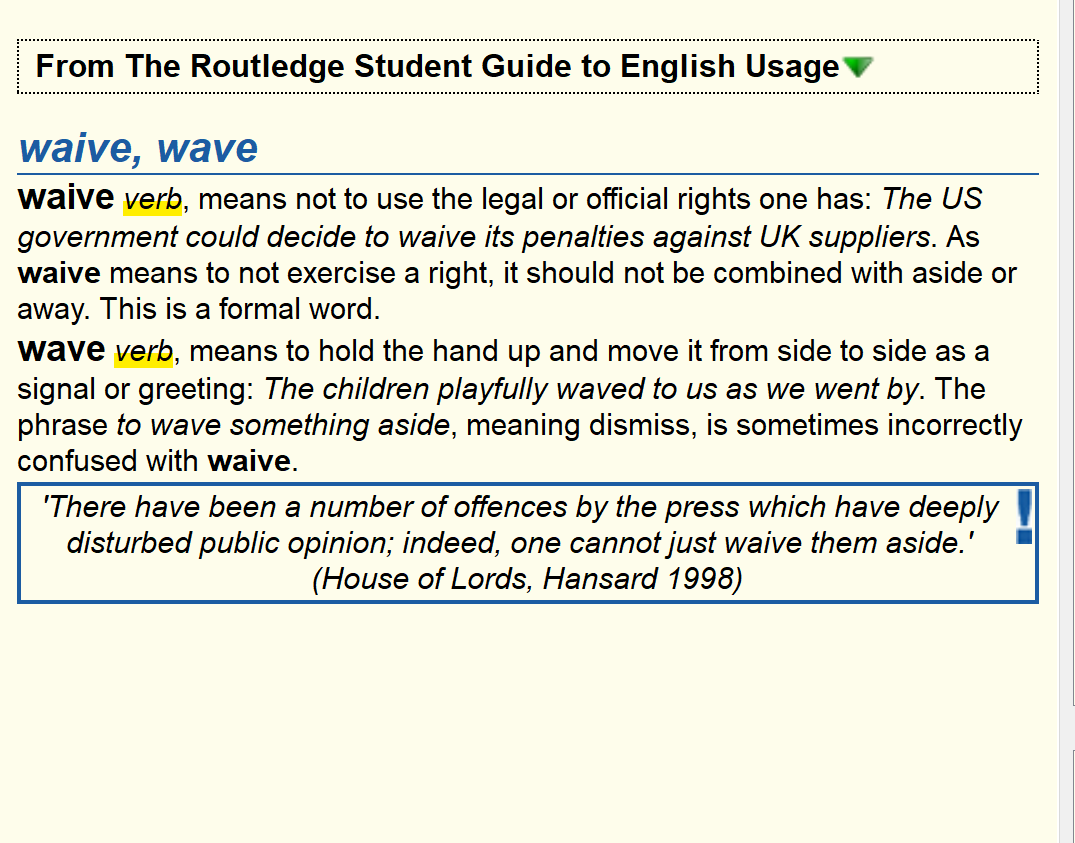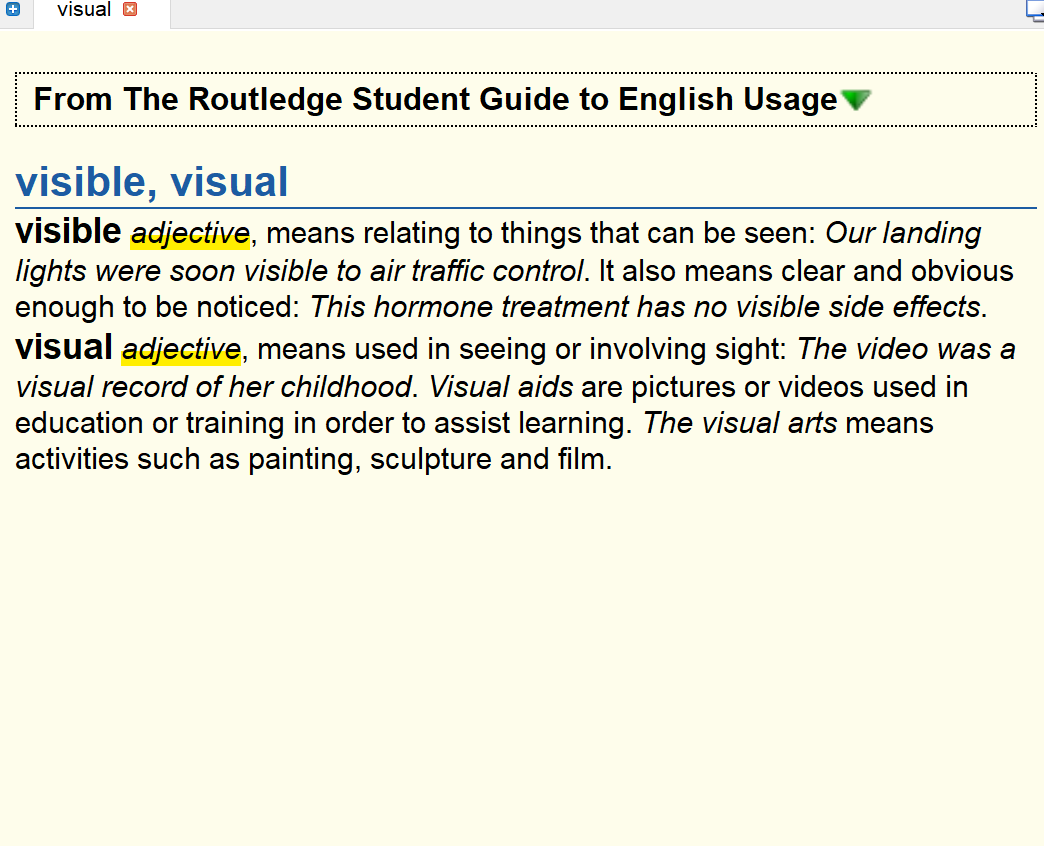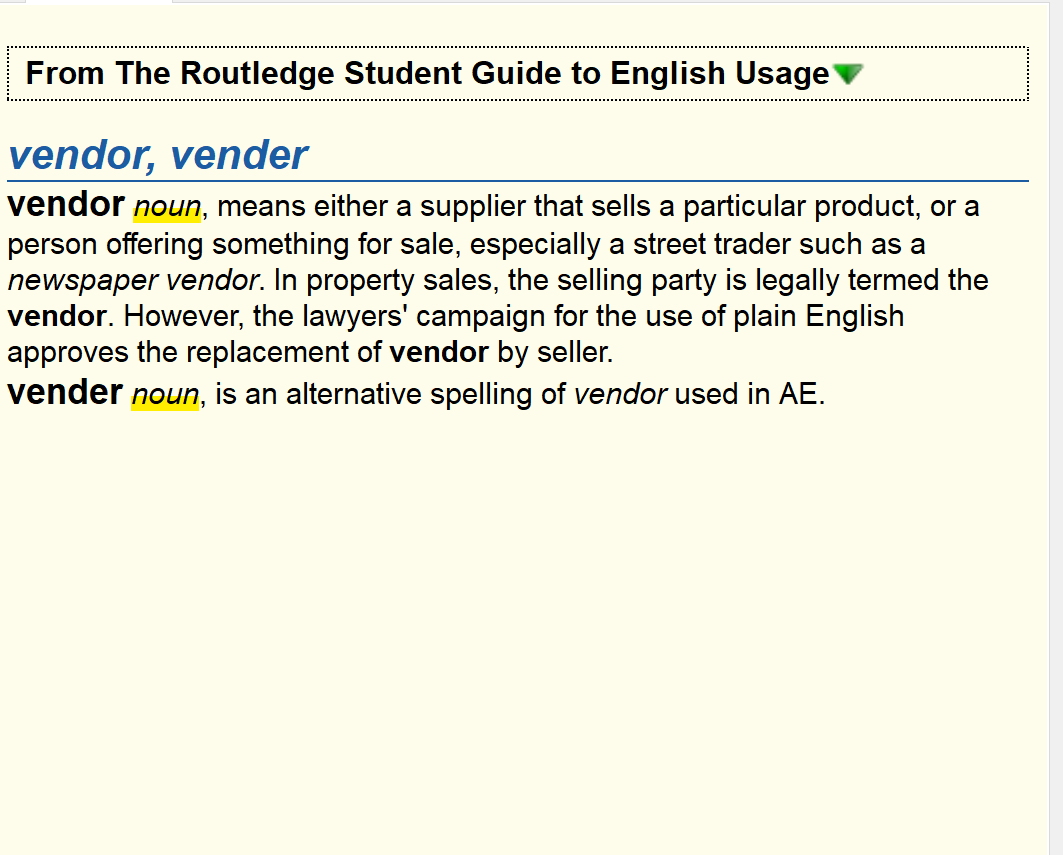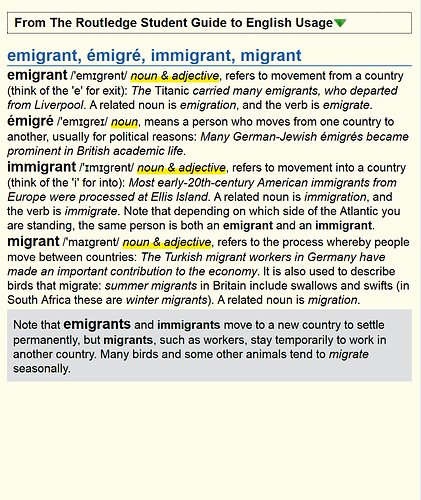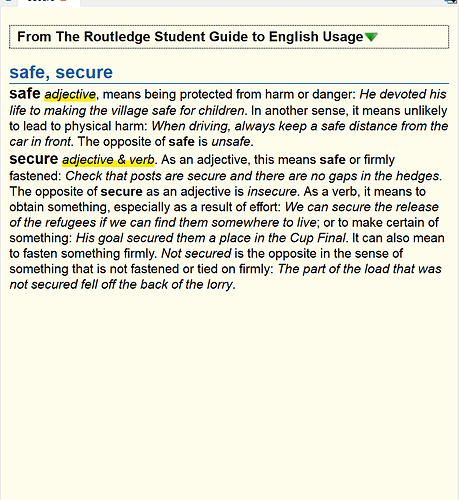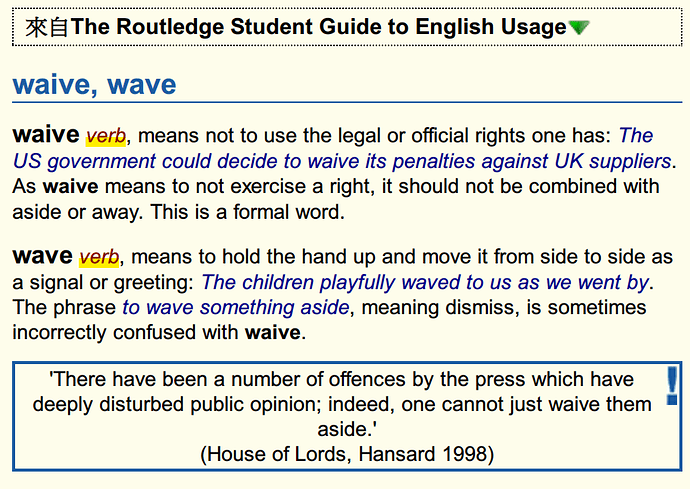词典简介
Introduction from this book
Introduction
English is now the most widely learned language in the world and has about 350 million native speakers. Although this is fewer than the number of native speakers of Mandarin Chinese, English is the second language (the foreign language of choice) of about 500 million people. Also its speakers and learners come from all corners of the world. The Internet is overwhelmingly written in English, not only by those for whom it is the first language, but also by native speakers of thousands of other languages. Unfortunately much of the English on the Internet is far from an acceptable standard. Many teachers consider that this is also true of texts from their students. When students are not comfortable with their ability to use the most appropriate English vocabulary, they may produce confusing and unclear written English, thus raising doubts about their academic ability.
To combat this, some students refer to academic journals where there are approved stylistic guidelines that contributors are expected to follow. There is no standardization here and sometimes the language used is hard to grasp. The differences between such journal guidelines are mostly in the detail; for instance, the use or avoidance of the passive voice, while the broad outlines remain the same. We have used major dictionaries and the guidelines from many leading academic journals as our sources, in order to provide students with guidance to usage that is written in straightforward English with few technical terms. In general we have followed the house style of the latest Oxford dictionaries for spelling and capitalization.
The book focuses on the vocabulary students will require in order to use English appropriately and with confidence. It also considers questions of usage, levels of formality, pronunciation, spelling and style. Although it is primarily addressed to advanced learners of British English, many entries consider the differences in usage and pronunciation between British English (BE) and American English (AE).
Students may ask why they need a book like this in an age of advanced technology and the ubiquitous spellchecker. Well, both defuse and diffuse , for instance, will pass clean through any spellchecker. They are, after all, spelt correctly. It is in the area of usage – how to employ these seemingly close but quite different words – where many students may need guidance.
The book is in two parts. The first provides an approach to English usage that differs from dictionaries. Instead of a word-by-word presentation, it contrasts about 2500 groups of words frequently used in the context of academic writing. As many of these look alike, sound alike or are easy to confuse, this grouping makes it easy for students to identify the most appropriate vocabulary to use. For example: aim , objective , goal and target may seem similar, but on closer inspection does ‘the aim of this paper’ give a reviewer for a journal the impression that you know where you are going? Most soccer players aim to score, but only a few can do so, match after match. ‘The objective of this paper’ or ‘this paper is designed to’ are probably better choices. In this book aim , objective , goal and target are all grouped together and the differences between them should be clear. In another entry that contrasts similar , like , alike and as if , there is a comment at the end to help students select the word that has a suitable level of formality: ‘Note that similar is often used together with “to” and is more formal than like .’
The second part of the book is a concise guide to central aspects in academic writing. This covers the characteristics of formal English, stylistic features, English grammar, and the use of numbers. In the section on email writing, there is practical advice about the levels of formality and vocabulary when mailing a friend about a trip together or applying for a job (with examples).
Many of the entries in the first part of the book are followed by a small box, which adds a general comment or two on that entry as a quick reminder. When there are generalizations to be made, such as the avoidance of tautology (repeating the same thing in different words), there is a boxed entry that discusses the issue. There is an index at the end to make it easy to find the headwords.
This is the third such reference book that we have written together. Like the others, this is designed for the international market. However, the focus is different from our earlier books. Our publishers asked us to write a practical guide that would help students of all levels to successfully produce academic texts with the required level of formality and where the vocabulary clearly expresses the message. We would like to thank the editorial staff at Routledge for their assistance and for making this venture possible, and we hope that everyone who uses this book will find it a useful guide to producing academic work in clear and precise English.
词典说明
我已经买了 kindle 版本的书,DRM已去。明儿再做。这本书少有的原书排版就不错。
由于是从电子书转制的词典,故难免有瑕疵,有的跳转无效,有的词头还可进一步优化等。但是我一直觉得,世间之物本有瑕疵,就当为自己辩解了。内容应该没有什么差错,至于瑕疵,欢迎朋友们进一步完善。
词典截图
词典下载
20200120
https://downloads.freemdict.com/Recommend/The%20Routledge%20Student%20Guide/20210120/

